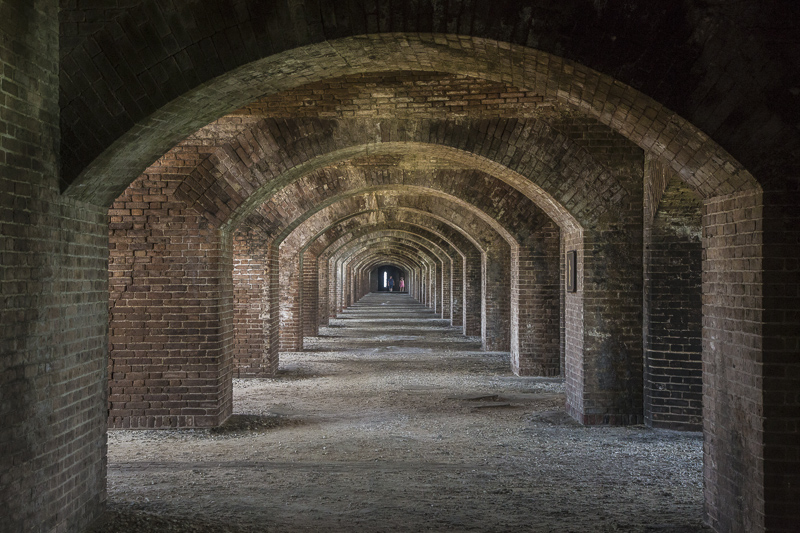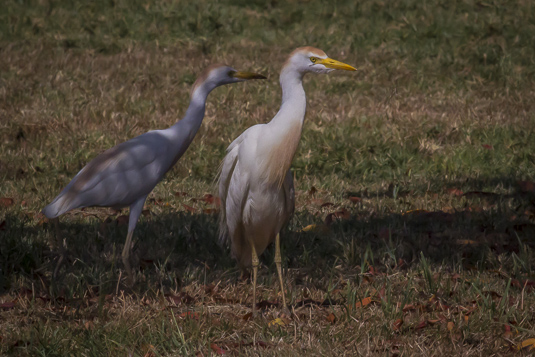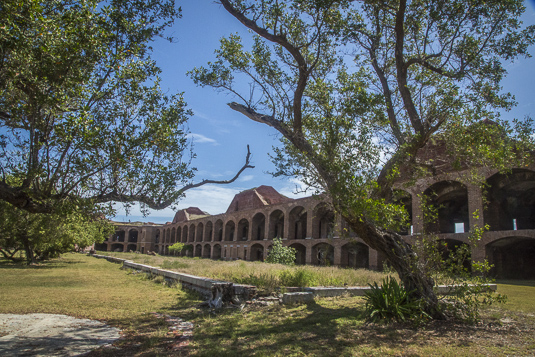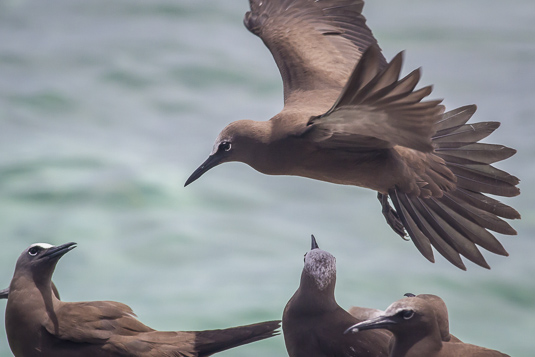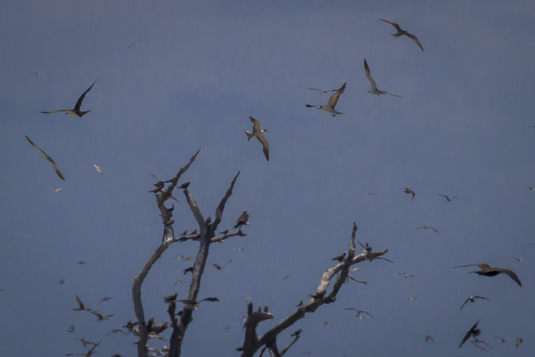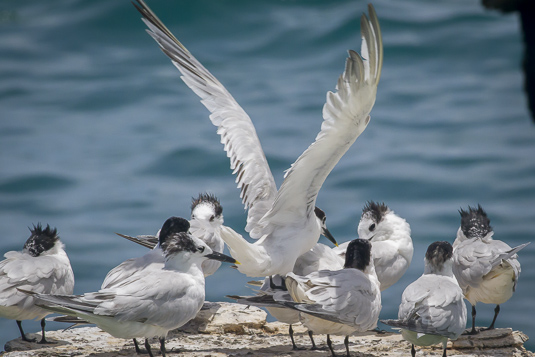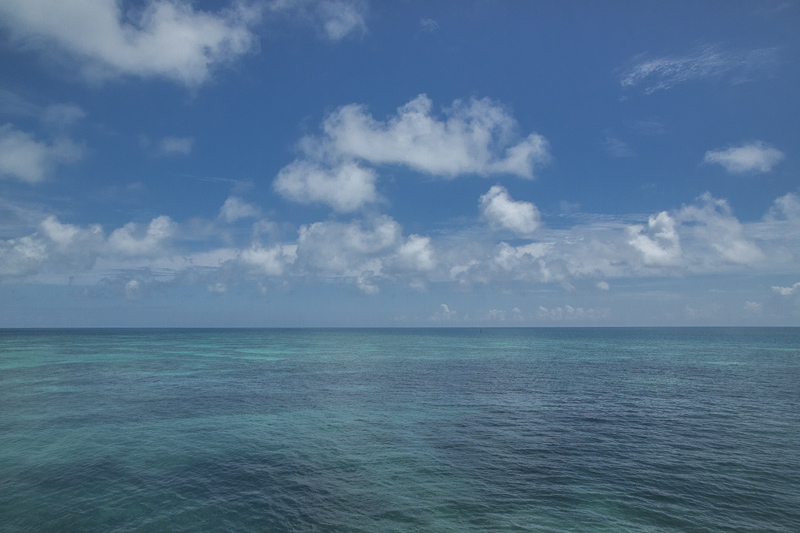A Trip to Dry Tortugas National Park, Florida, continued
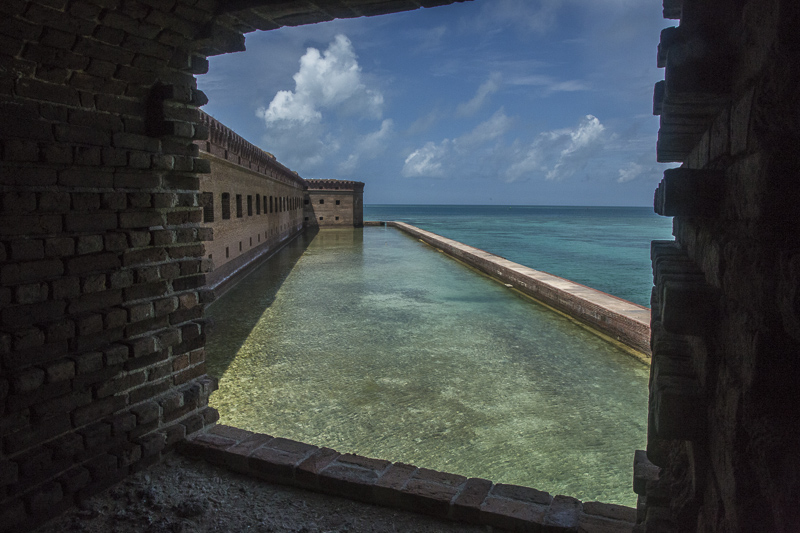
Fort Jefferson looking out on the Caribean Sea
Five hundred years ago, Ponce de Leon visited this area, found a lot of large turtles in the water and named the seven island archipelago the Tortugas (turtle in Spanish). Because there is no fresh water on any of the islands that compose this group, they eventually became known as the Dry Tortugas. Shallow water around the islands caused many a ship wreck in the vicinity and some of these are accessible to properly equipped snorkelers and divers. (For inspiration, you might check out the Treasure of the 17th century Spanish Ship Nuestra Señora de Atocha while you are in Key West.) We did not go into the water, but we are told that it is exceptionally rich in marine life to include a vast array of unique soft and hard corals. The Carnegie Institute of Marine Biology was established on Logger Head Key in 1905 and the Dry Tortugas Research Natural Area was established in 2007 to further research. Birders and birding groups are also extremely interested in the Tortugas, in part because of their unique placement on the migration route across the Caribbean. The Dry Tortugas National Park Bird Checklist has 299 species listed including a number of rare ones, but it also warns that not many of them are reliably found in the islands on a regular basis. Most are transients. Three of the more important birds to actually nest in the Tortugas are the Magnificent Frigatebird, the Brown Noddy and the Sooty Tern.
The strategic importance of the Dry Tortugas is illustrated by Fort Jefferson, a massive 19th century masonry fort, the footprint of which almost completely occupies the island on which it is situated. Under construction between 1848 and 1875, it was never completed and never fired a shot in anger. It's very presence, however, served an important strategic purpose before, during and after the American Civil War, when it served as a base from which to dominate regional shipping lanes. After the Civil War it also served as a Union prison. (Samuel Mudd, the doctor that set John Wilkes Booth's leg after President Lincoln's assassination, was the most prominent of those interred there.) When the U.S. Navy transitioned to coal, Fort Jefferson became an important coaling station for naval operations in the Caribbean. The U.S.S Maine resupplied there before sailing on to Cuba at the start of the Spanish-American War. By the early twentieth century, however, modern warfare made masonry forts obsolete and Fort Jefferson was transferred to the National Park Service in 1935.
It is possible to camp on Garden Key in the shadow of Fort Jefferson, but one must bring everything that you will need with you - and that includes all of your water. There is literally nothing on the islands to support a visitor. Nothing. Visitors that plan on making more than a brief visit might well be advised to consider chartering a boat, particularly if you want to explore the underwater reaches of the park. Depending on exactly what you wish to do, special permissions may be involved and it will be necessary to contact the National Park Service well in advance of your visit.
Some of the most beautiful waters imaginable!
